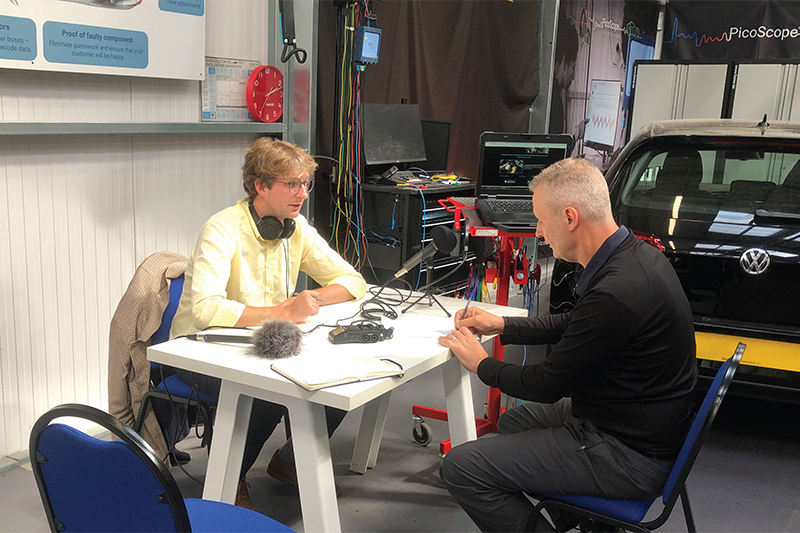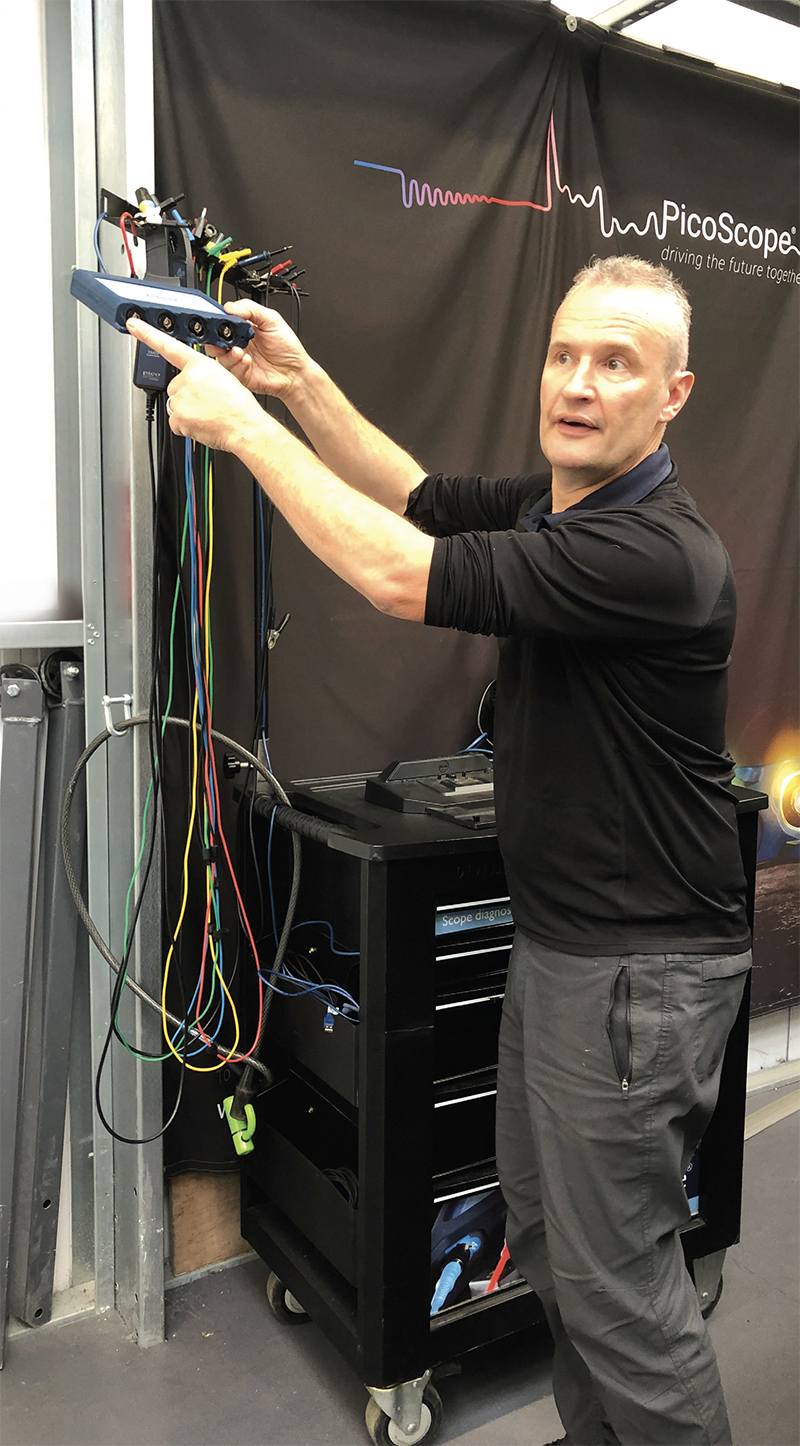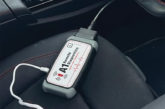
PMM’s Kieran Nee sits down with Pico Technology’s automotive application specialist Steve Smith to discuss the important role diagnostics plays in the modern workshop.
I asked in a recent diagnostics round up, whether diagnostics has a future in the context of e-mobility. Do you think a lack of emissions and a simplified powertrain will result in less diagnostic issues?
This has come up time and again and, in fact, we are seeing the complete opposite. We work a lot with HEVRA [Hybrid & Electric Vehicle Repair Alliance] and we also have a section now in our forum specifically for EVs. They’re out there and the problems are still there. EVs are machines at the end of the day and they will go wrong. You do need a diagnostic path to follow in order to diagnose the fault correctly. If you get it wrong, it’s going to be very expensive – that’s where your oscilloscope comes in. Measuring in parallel, in conjunction with the serial data, which will give you direction, will ultimately confirm and give you the objective data that you need to make a diagnosis.
So workshops can still expect to see a ‘healthy’ flow of EVs?
Yes, of course. They still have onboard systems that we’re used to, things like ABS, power steering, networks, lighting issues, of course. You’re not then going to see, things related to emissions – engine management, as we know it. You’ll have new problems, however, like charging issues. So, a classic one is, “my vehicle fails to charge, or it’s taking too long to charge”. We have a number of guided tests in our software that can help you diagnose these problems. There will also be isolation problems or resistance issues within motors. Earth bonding, there’s another one that will give us issues, certainly as time goes by and they corrode. So you need a tool to be able to qualify and measure what your scan tool is presenting to you.
Why are oscilloscopes specifically necessary to EV diagnostics?
Having an oscilloscope gives technicians an upper hand because if information from the VM is not readily available, or tools aren’t readily available, you can always measure components directly. You’ll always be able to measure voltage and current. You’ll always be able to correlate those with other events. For example, you operate a switch and you expect a response from an actuator. You can plot all that with the an oscilloscope such as the picoscope. So you could argue it takes more time, but what you will capture is conclusive and objective data.
Many readers will have had their scope for years, will they need to upgrade?
No, not really. If it’s an automotive scope, it will work with the automotive software, which is free to download. Accessory wise, we now have BNC-plus, so new accessories that come out will contain BNC-plus style probes and connections, but we still continue to make BNC probes. For those who do choose to invest in the new scope with BNC-plus, all your old probes, which are just BNC can still connect to the new scope.

Does Pico offer anything EV specific?
We have an EV kit, which is aimed predominantly at EV diagnosis as well as general diagnosis. Just because it’s an EV kit doesn’t mean it’s tied to EV – but we’ve targeted the safety aspect. Of course, we provide additional current clamps in there for three phase windings. We have what we call a two-pole tester, which is a foolproof way of qualifying that there is no voltage in a vehicle. We have a differential probe in there as well for measuring high voltage.
If you’re going to use this equipment, training and qualifications are paramount because working on live EVs requires a particular level of knowledge. An insulation meter is included in that kit as well for insulation measurements, which we are seeing is a reasonably common problem with EV vehicles.
Is battery diagnosis on the cards for the future?
That’s a great question. The complexity of the battery for one and the number of modules in there, that will require a number of connection points. The overall health of the battery, certainly the open circuit voltage of the battery, we can measure at this stage and maybe that’s a future development, something that we could look at and investigate. There are health checks already built into the software on the vehicle, which provide a battery health rating, just like you have on your mobile phone. As for the scope doing that or another component from Pico that could do that… Who knows what the future will bring?









